We are in a profound moment of planetary transformation. So much is happening now that it can be very disorienting… Breakdown of social cohesion. Political polarization and violence. Collapse of vital ecosystems. Crossing of planetary tipping points.
And yet, there is something else happening that doesn't make headlines. Billions of dollars in propaganda aren't being invested in telling this story. It's what we might call The Great (Re)Turning – a homecoming of profound significance. Seeds of this story have been planted everywhere like the way dandelion seeds disperse with a strong wind – and the winds of change are very strong these days!
A midwife of this transition who recently passed away is the teacher and guide Joanna Macy. She called these times we are living in The Great Turning, and devoted herself to the Work That Reconnects us with the living intelligence of the Universe of which we are a part. We celebrate and honor the life work of Joanna Macy, and we continue as part of her legacy with our stewardship of the Story of Bioregional Earth. Our focus is on the re-inhabiting of Earth (as bioregional pioneer Peter Berg used to say) – as humanity remembers that we are part of the unfolding life processes of a living planet in a universe from which life sprang forth.
Other names for these times include The Great Transition and The Great Remembering. We feel that, in many respects, it really is The Great (Re)Turning because so many of us were born into a false story of separation that told us we are not part of this world. Coming home to our true nature as Earthlings – as beings who belong to the Earth – is of fundamental importance right now with all that is happening on our planet.
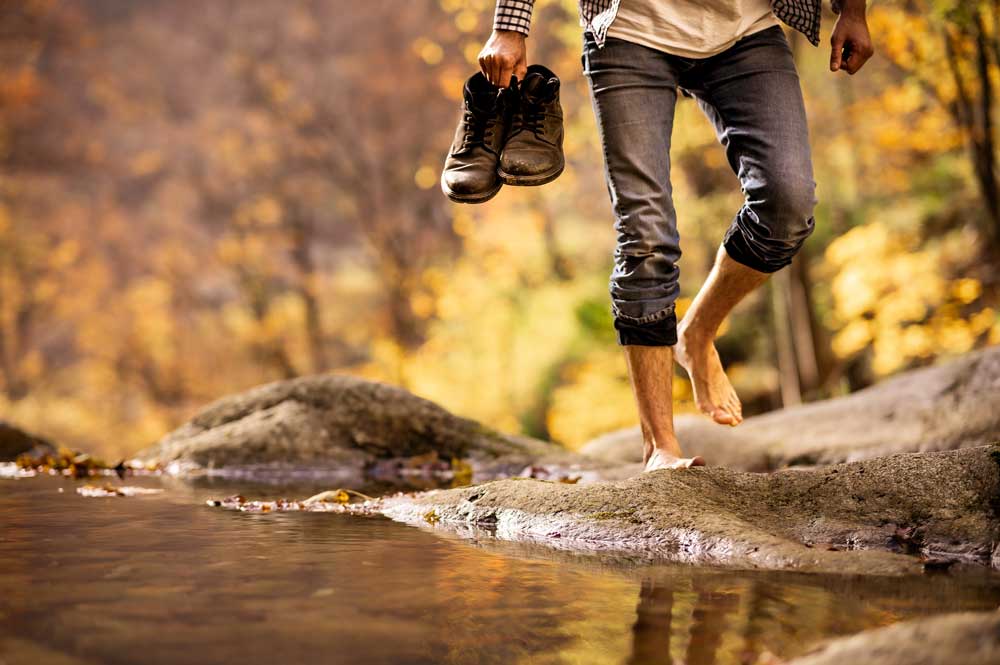
We won't find what we need in the noise. We'll find it on a quiet morning with our feet on the ground.
There are so many "theories of change" and "transformational ideas" out there. Somehow we've come to believe that new is better, and abstraction is a higher form of thinking. But then we can't seem to figure out how to implement all the ideas people are generating. It's because we're starting in the wrong place.
We actually need to start with what's old, and has stood the test of time. And we need to start with what's real, on the ground, right under our feet.
The new/old Story of Bioregional Earth has many roots grounding it. We are in deep collaboration and alignment with some of the best thinking and practices through time.
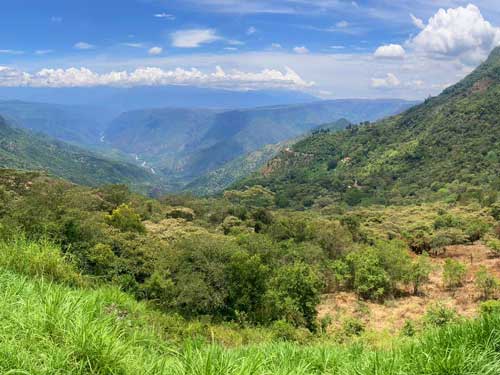
We certainly draw on bioregionalism as a perspective, as a way of looking at your place in the larger context of the planet. Bioregional pioneer Peter Berg described a bioregion as your "life place" – the place in which you live your life and which gives you life. He talked about a bioregion as "both a geographical terrain and a terrain of consciousness."
The Story of Bioregional Earth also follows in the bioregional footsteps of systems thinker Donella Meadows, one of the authors of Limits to Growth in the 1970s. She then brought together some of the best thinkers in the world for ten years, The Balaton Group, to figure out how we might live sustainably on the planet. Their conclusion: the only sustainable pathway forward is living within and in harmony with the context of your unique bioregion.
All this said, the Story of Bioregional Earth isn't part of the bioregional movement per se. It's bigger than that.
Regenerative economist John Fullerton recently questioned the framing of regeneration as a "movement."
"We would need multiple regenerative movements, from health to business, to education, to law, to economics – basically everything in modernity. So immediately the 'movement' becomes diffuse… A movement typically has a clear demand, or a concise list of demands. I can create a list of demands, but a large group would have a hard time agreeing on them. And until there is a broad shift in worldview, perhaps even a broad shift in consciousness, the demands would not resonate broadly. Trust me, I've experienced this. And if the demands are not clear and if they don't resonate, there is no movement… The time scale of genuine regeneration should leave us awestruck, and breathless to contemplate. It's an unfolding, filled with mystery and even magic. It cannot be achieved, only facilitated and participated in."
— John Fullerton
In the words of former Toronto Mayor David Crombie (who initially defined the Greater Tkaronto Bioregion in Canada), this work is about something much more fundamental. It's about "both a way of doing things and a way of thinking. It's not a new concept. Indigenous peoples have long understood their connectedness to the ecosystem – the land, water, air, and other life." So Indigenous Lifeways are vital to the grounding of the Story of Bioregional Earth.
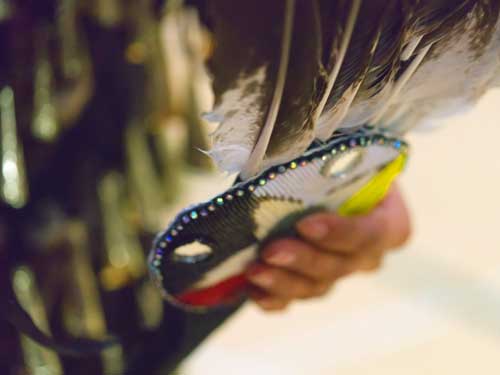
Designer and futurist Buckminster Fuller once complained that Earth doesn't come with a good operating manual. There are, in fact, a lot of instructions that have stood the test of time.
In Original Instructions: Indigenous Teachings for a Sustainable Future, those instructions are shared as a "house made of stories, embodying some of the most ancient wisdom on Earth from the world's 'old growth cultures'… Original Instructions are how to live on Earth in a good way, in a way that lasts. It's a journey to recover the sacred… Indigenous Peoples have successfully managed complex reciprocal relationships between diverse biological and human cultures, with their eyes on the time horizon of seven generations."
From an Indigenous perspective, this story is about the "sacred geography of a world where all life is revered and animated by spirit. There is no separation between the technical and spiritual. It's a world of kinship where all life is related. Its instructions seem so simple: to be grateful – to practice reverence for community and creation – and to enjoy life."
Thus, the essence of the Story of Bioregional Earth is being in right relationship (with self, others, the land) within Natural Law for a good life.
"The laws of the natural world are absolute. Our instructions, and I'm talking about for all human beings, our instructions are to get along. Understand what these laws are. Get along with the laws, and support them and work with them. We were told a long time ago that if you do that, life is endless. It just continues on and on in great cycles of regeneration, great powerful cycles of life regenerating and regenerating and regenerating."
— Oren Lyons, Haudenosaunee Faithkeeper
As Native American restoration ecologist Dennis Martinez observes, "Humanity has never faced global ecological collapse before. To get through this keyhole, we're going to need the enduring knowledge of Indigenous science, as well as the best of leading-edge Western science. It's high-tech meets high-TEK (Traditional Ecological Knowledge), and in many cases modern science is affirming what the keen empiricism of First Peoples has long known."
To help inform the Story of Bioregional Earth, Joe Brewer had a rich dialogue with Dr. Dan Longboat about meeting this global moment through knowledge interaction between Western science and Indigenous ways of being and knowing.
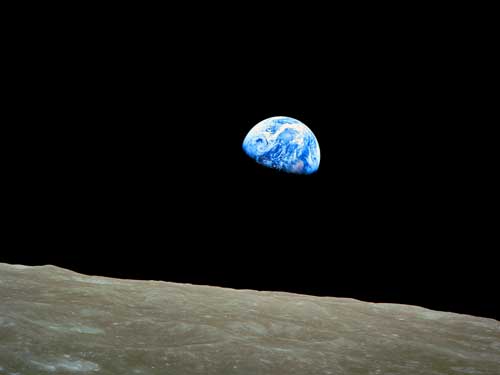
The famous 1968 Earthrise photo allowed us to see Earth as a whole for the first time.
The knowledge we gain through Earth System Science enables us to understand the planet as a whole system – a world in which, as David Crombie likes to say, everything is connected to everything else.
The five systems of Earth (geosphere, biosphere, cryosphere, hydrosphere, atmosphere) interact to produce the environments we know. Through models like the Planetary Boundaries, we can see there is a planetary life-support system that is highly interconnected. Analyzing Tipping Points shows how fragile the interconnections are. Says climate scientist James Hansen, "Tipping points are so dangerous because if you pass them, the entire climate is out of humanity's control: if an ice sheet disintegrates and starts to slide into the ocean, there's nothing we can do about that."
Earth System Science may also help us reveal cascades of regenerative resiliency.

The Story of Bioregional Earth is about people in place, and also about people in various places getting along and learning from each other. So understanding how people can come together prosocially is an important part of the grounding.
Joanna Macy told the story of the Shambala Warrior. This story calls us to find, and even to be, a Shambala Warrior. To be such a warrior requires balance within ourselves and in our relationships with others. You need compassion – but compassion alone is too hot, it will overcome you. You need to balance that compassion with insight/wisdom to cool it down. That enables the kind of meaningful relationships we need.
From the perspective of community, the Nobel Prize-winning work of Elinor Ostrom looks at commons governance. The portrait of human nature that emerges is that of a species fundamentally self-interested, incorrigibly social, and perfectly capable – under the right conditions – of rational, bottom-up stewardship of commonly-owned resources. There are eight Prosocial principles that enable commons stewardship. Joe Brewer shared a case study about Earth Regenerators highlighting prosociality in practice.
From an Indigenous perspective, the Haudenosaunee recognize peace as a critical prosocial foundation.
"The Peacemaker said that the problem humanity faces – and all humanity faces this problem – is that the absence of peace will lead to the end of human life on this planet. Injustice is the big disturber of peace. It's not combat or warfare; it's injustice."
— John Mohawk, Indigenous historian and writer
Haudenosaunee Faithkeeper Oren Lyons (who Joe Brewer interviewed) talks about the Peacemaker and how he laid down the Six Nations confederacy constitution: "The first principle is peace, the second principle is equity for the people, and the third principle is power, the power of the good minds. You can't have justice without equity. Justice comes with equity. Dual principle. And the power of the good minds, what we are talking about is unity – to be united, to be of one mind. And when you do that, you have great power, great strength… There will never be world peace, though, as long as you make war against Mother Earth. To make war against Mother Earth is to destroy and to corrupt, to kill, to poison. When we do that, we will not have peace. The first peace comes with your mother, Mother Earth."

We can see that the Story of Bioregional Earth brings together many voices – those alive today, our ancestors, and our descendants. It calls on the voices of all Earthlings, as reflected in the Earth Charter.
The Earth Charter is a declaration of fundamental ethical principles for the planet. It seeks to inspire in all peoples a new sense of global interdependence and shared responsibility for the wellbeing of the whole human family, all other life on Earth, and future generations.
The Earth Charter is the result of a multiyear, worldwide, cross-cultural dialogue on common goals and shared values. The drafting of the Earth Charter involved the most open and participatory consultation process ever conducted in connection with an international document. After years of consultation, the Earth Charter launched in June, 2000.
The Earth Charter begins, "We stand at a critical moment in Earth's history, a time when humanity must choose its future…" The people have spoken.
Bioregionalism, Indigenous Lifeways, Earth System Science, Prosocial and the Earth Charter are the roots of influence that ground the Story of Bioregional Earth.
Bioregional Earth is a story of stories.
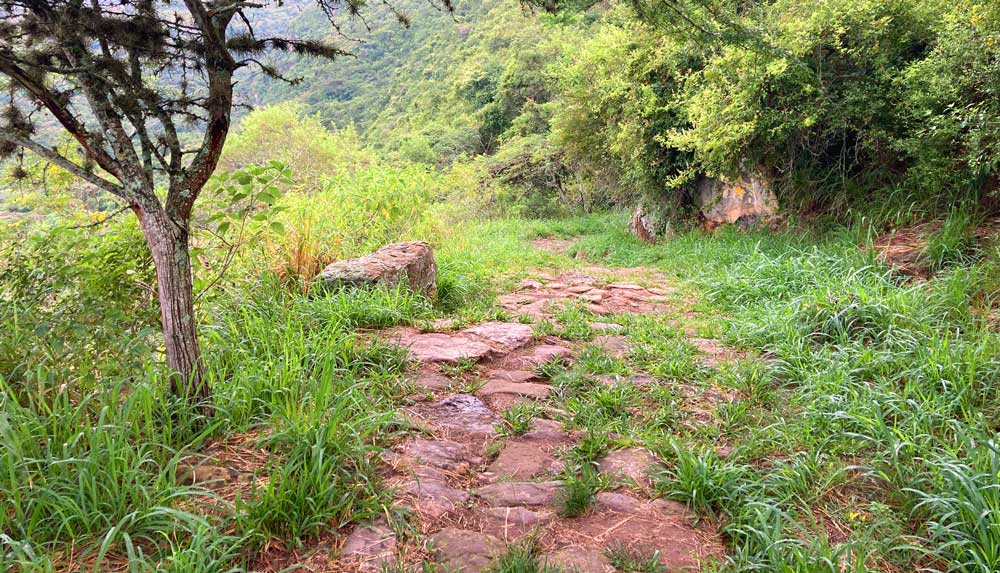
Living into the Story of Bioregional Earth for The Great (Re)Turning is to follow a design pathway for regenerating our planet along with human cultural, learning, and financial systems. Most importantly, it's about spirit – (re)turning into relationship with the spirit of the cosmos.
"There are no unsacred places; there are only sacred places and desecrated places."
— Wendell Berry
What does this look like in practice?
It started by bringing thousands of people around the world together in a livestreamed event over six days in February, 2024. The 7-Generation Bioregional Earth Summit, which took place in the Greater Tkaronto Bioregion, birthed the Story of Bioregional Earth. We continue to share the rich content from this wide-ranging experience that featured both local and international speakers.
The Design School for Regenerating Earth had launched in March, 2023, co-founded by Joe Brewer and Penny Heiple. The Design School helps ordinary people discover their place on the planet – their bioregion – while learning, sharing, and building relationships for Earth regeneration.
Living into the Story of Bioregional Earth also requires guiding the flow of energy around the planet.
The energy that's fueled ecological and cultural overshoot has come from pulling ancient carbon out of the Earth exponentially faster than it was sequestered over millions of years by the daily flows of the sun, soil, and plants.
Carbon energy has also fueled the accumulation and power of fungible currency. Current financial capital is untethered from the biophysical constraints of Earth's capacity.
Says regenerative economist John Fullerton, "I know that the current economy is driven by finance and if the economic premise of our entire global economy is in conflict with the laws of physics, we have a serious problem."
It's interesting that "economy" and "ecology" share a common etymological root. As much as we try to align economic and ecological principles (with only one actually being "real"), biologist and regenerative thinker Daniel Christian Wahl points out that the "only way we seem to be able to value ecological capital, social capital, or living capital is to bring it into financial economy. I would argue that converting natural capital into a monetizable measurable thing, means you work in the current paradigm… What we actually want to regenerate and what sustains the web of life is the quality of the relationships of the whole, optimizing for all, in nested wholeness."
Billions and billions of dollars are going into AI and into war. What should we be putting into life? This is about re-energizing money in the context of spirit.
The challenge becomes channeling the accumulated energy of today's wealthholders into the nested wholeness necessary for regenerating Earth. Joe Brewer explores this question in a provocative short video titled Will the Regeneration Be Funded?
We are developing the structures and processes necessary for energy, particularly in the form of financial resources, to flow into, across, and between bioregions for Earth regeneration.

At the planetary level, we've established the Earth Regeneration Trust.
It's designed to support multicapital flows in the context of trusting relationships. It was launched in 2024 at the Bioregional Regenerative Finance Forum by flowing funding into six regions. Bioregions are learning together and supporting each other as robust financial flows enable the real work on the ground.

At the bioregional scale, we are taking a lesson from Earth itself. We're creating the world's first Bioregional Pando Funding Ecosystem, being led by Susan Bosak and Brian Puppa of the Legacy Project.
In its unique context, a specific place on the planet in Utah, the Pando Grove sprouted thousands of years ago from a seed the size of a pepper grain. The trees appear separate, but they're actually one tree. The 47,000 genetically-identical Quaking Aspens are interconnected as a single, ever-evolving ecosystem. A collective root system, hidden from view underground, spans 106 acres to enable the whole grove's health, adaptability, and longevity.
Can bioregions forming around the planet come to feel their connectedness? Earth is continuously weaving patterns of life at all scales, so bioregions themselves are actually already coherent – the people in them just have to see it, and live into that coherence. Pando is a rich example of reframing what constitutes a single organism and what we think we see in any given moment.
With a bioregion as the smallest actionable scale that maintains whole-system integrity, we need a whole-system approach to bioregional practice and funding.
What takes shape through the Bioregional Pando Funding Ecosystem is root Enabling Conditions that support interconnected, strategic Project Clusters embedded in a continually-monitored Context so that action and learning (by funders and those on the ground) adapt in real time.
In a powerful North/South collaboration, the GTB/Great Lakes Basin and Barichara/Northern Andes are currently bringing together a Catalytic Cohort of foundations, investors, and philanthropists to co-create the next evolution in philanthropy. Funders, along with practitioners on the ground, will experience a transformative bespoke journey of action-learning for the Bioregional Pando Funding Ecosystem. Join us to #ChangeTheStory around how we organize and fund social and ecological regeneration to heal ourselves and our planet. Use the contact form below to reach out and find out more.
So, we have structures and processes at both the planetary and bioregional scales. The missing piece is effectively linking between nested scales.
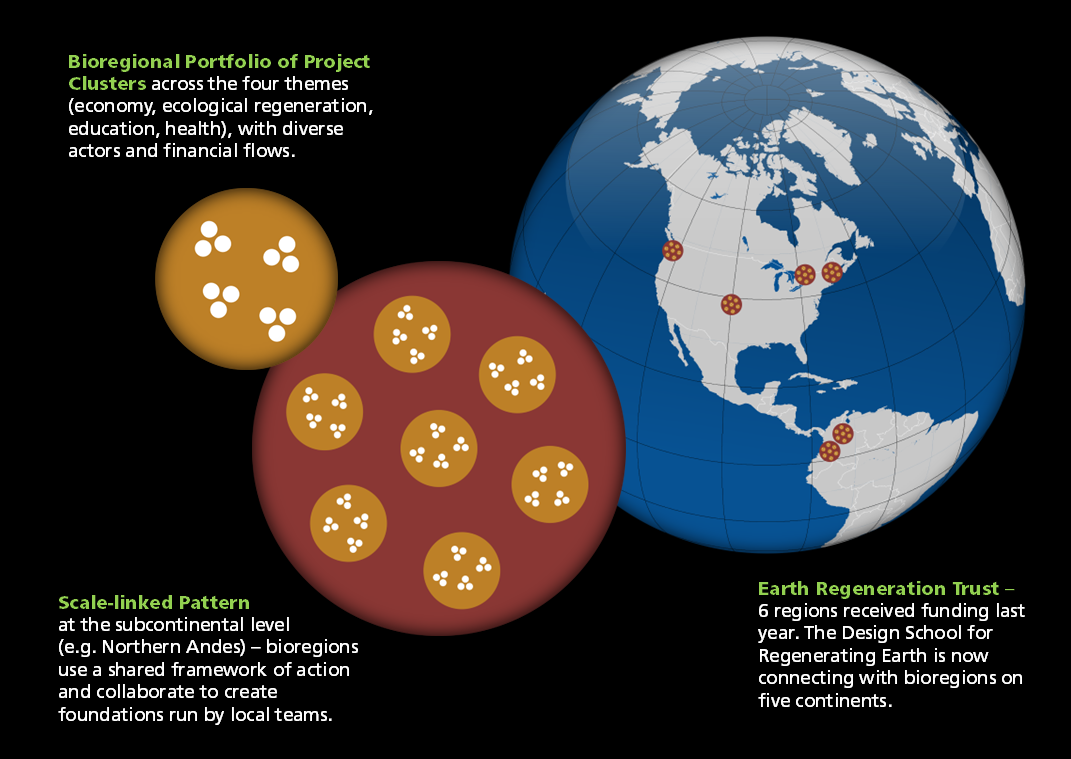
To move toward Earth regeneration, we need patterns of similarly-structured, place-based work at nested scales. Joe Brewer recently wrote an article describing a groundbreaking framework for large-scale regeneration being developed in the Northern Andes.
He's working to support the development of shared frameworks around the deployment of funds into local communities within seven territories. All seven territories are using the structure established by Fundación Barichara Regenerativa, with community funding pools in four thematic areas: Regenerative Education; Regenerative Economy; Regeneration of Natural Ecosystems; and Cultural Regeneration and Territorial Healing.
Replicating the organizing structure in all the territories enables shared monitoring, evaluation, and reporting across the network of territories – while each retains its unique context and characteristics.
The Northern Andes work is a prototype for regional work that transcends the local scale while remaining coherent with what is happening on the ground through shared thematic frameworks and mutual learning exchanges. Each territorial team maps their local processes and creates a portfolio of projects for each of the four themes. This lays the groundwork for creating a territorial agenda for large-scale regeneration, and budgets for prioritizing and financially resourcing efforts on the ground in a coherent and holistic manner.
One of the key challenges this approach addresses is how to create legitimate intermediaries in a world filled with broken and corrupt institutions. In Colombia, for example, only 1% of international development money gets to local actors working on the ground. The governance circle of the Northern Andes Fund has set up a structure for financial flows that brings 90% of the money to local communities – with 10% held in the support organization (TerritoriA) to do administrative reporting work on behalf of the network of territorial foundations.
What you can see here is that local processes are held by local teams. Collaborative budgets are created around the shared agendas of these local actors. They decide how best to allocate funding, based on their deep knowledge and healthy relationships with community groups on the ground.
This coherent whole-system approach lays a foundation for cascades of resiliency to begin to take hold around the planet.
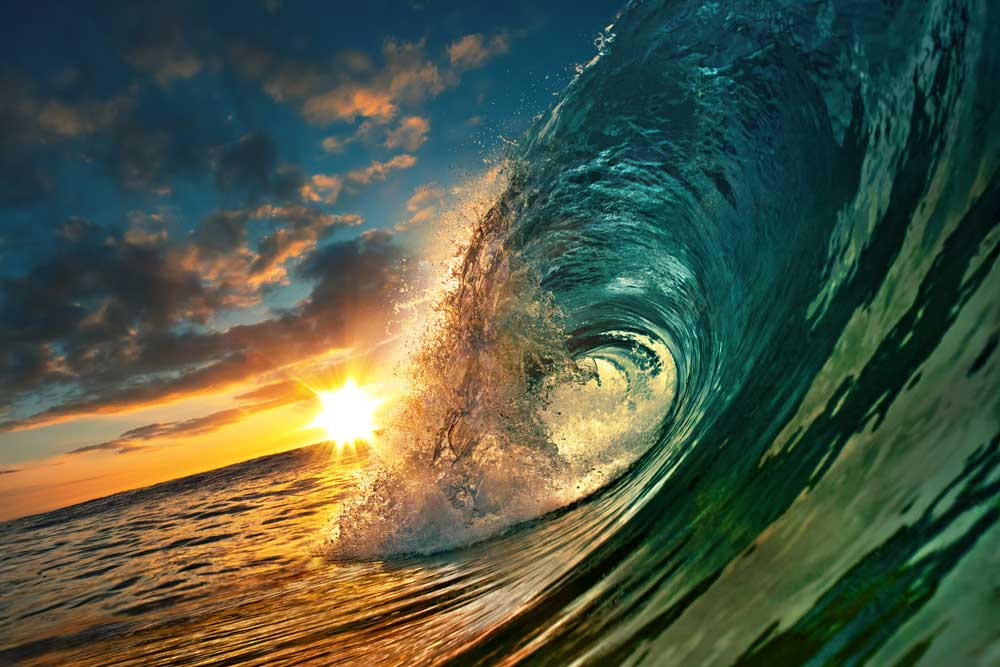
It's time to come full circle. It's our time to turn the page, to begin a new/old chapter in a story told across millennia. To come home and be embraced. To allow ourselves to truly belong and act accordingly.
All living systems have a defining quality: they continually recreate the conditions of being alive from one moment to the next. They are always regenerating. This is true from the smallest metabolic flow in a tiny mitochondrion that produces energy within a biological cell. It is also true of the entire Solar System that makes life possible on the Planet Earth.
We have forgotten that we ARE regeneration. Each of us is a living process that continually renews its capacity to be alive… With each breath we take into our lungs. With each beat of our heart. With each skin cell that flakes away. Always seeking food, shelter, and always removing toxins that might accumulate in our bodies.
Why do we focus on the Story of Bioregional Earth? Because it's both small (bioregional) and large (planetary processes) to move toward the scale of regeneration we need.
Regenerating Earth has a double meaning. At one level, Earth is always regenerating and humans don't need to do anything. Tectonic plates move across our planetary surface regardless of what humans do. Water brings plant life to continents whether we like it or not. Yet there is another, more subtle, meaning for why we need to regenerate Earth. It is because the human experiment is currently destroying the very foundations on which we exist. It is our regeneration as a species that we need to restore.
And how will we know we've succeeded? By organizing ourselves as holistic life systems which naturally arrive at the scale of bioregions. The bioregion is the smallest whole for which ecological design will function because it is the scale at which a human population can sustain itself continuously. And this leads us directly to the Story of Bioregional Earth. Humanity will only survive and thrive if we become bioregional beings – like our ancestors were for 99% of our history when they organized themselves into ancestral lands as Indigenous Peoples.
This is The Great (Re)Turning – when we come home to our biological existence and recognize that we belong to the Earth. And this is what we are stewarding here by sharing stories across time that remind us what really matters and works, and the stories of people doing it right now, everywhere we find them around the planet.
The Anishinaabe have the Prophecy of the Seven Fires. To feel into the meaning and potential of The Great (Re)Turning toward Bioregional Earth, we encourage you to enjoy this recording of the production Spirit – The Seventh Fire.